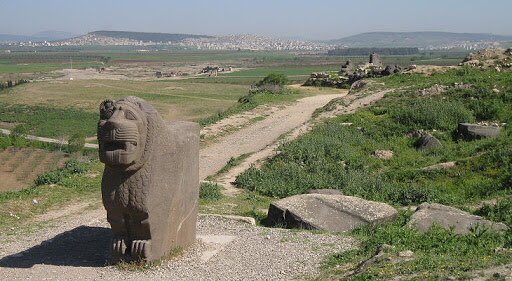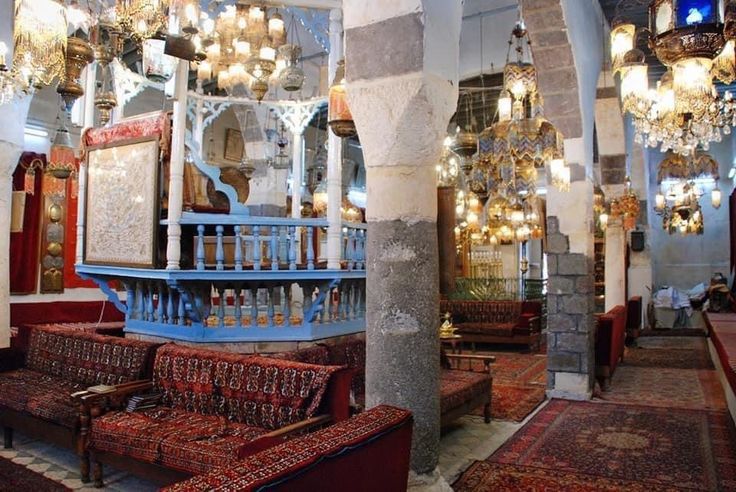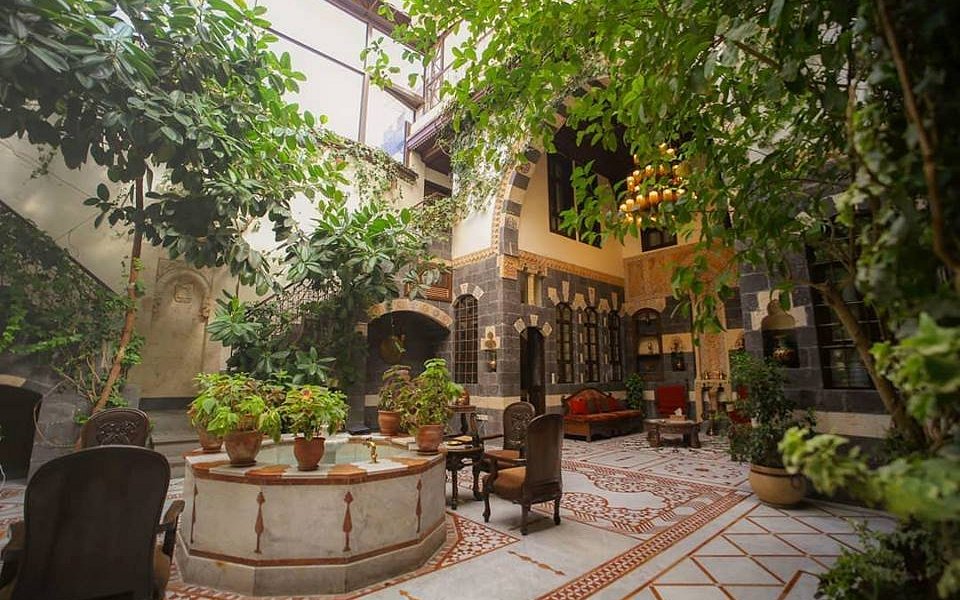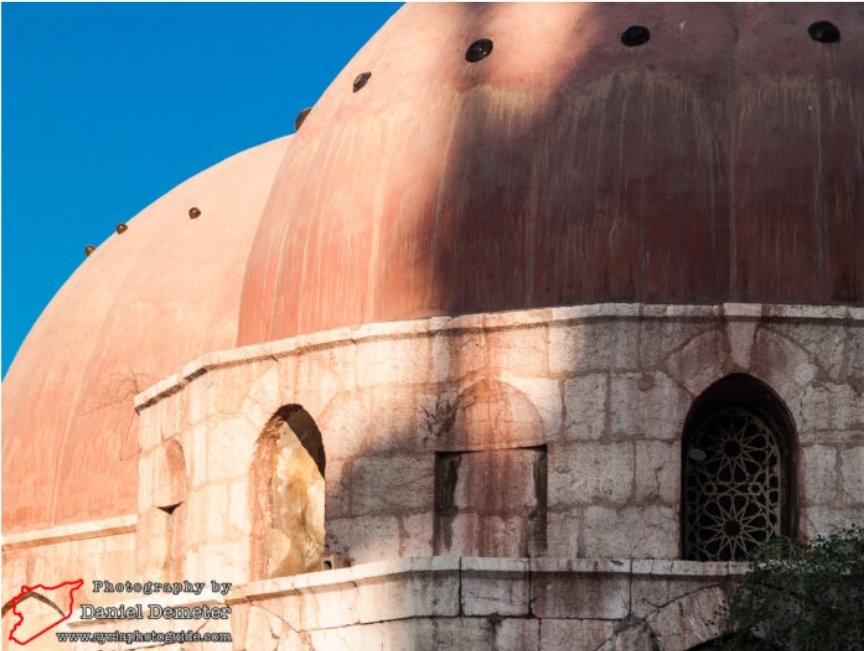Ain Dara Temple, located approximately 6 km south of the city of Afrin in northwestern Syria, is one of the most prominent archaeological sites in the region. It was discovered in 1955 after the finding of a large basalt lion statue, which prompted excavations that uncovered a unique temple dating back to the Iron Age (about 1300–740 BC).
The temple features a three-phase design, consisting of an outer courtyard, a front hall, and an inner chapel. This architectural style is believed to reflect cultural influences from the Hittites and Aramaeans. One of the temple’s most notable features is the giant feet carved into its thresholds, which are believed to symbolize the entrance of the god into the temple, reflecting the religious rituals practiced at that time.
The temple walls are decorated with bas-reliefs of winged lions, sphinxes, human heads, and statues of bulls, demonstrating the cultural diversity and multiple artistic influences that the region witnessed.
In January 2018, the temple was severely damaged by airstrikes during military operations in the Afrin region. Reports indicate that about 60% of the temple was destroyed. To protect what remains of the site, the basalt artifacts were moved to secure storage. A high-resolution 3D scan (0.2 mm) is currently being conducted to produce a digital replica of the temple, with the aim of documenting and preserving it for future generations.
The Ain Dara Temple is a unique example of religious architecture in ancient Syria, reflecting the interaction between the various civilizations that inhabited the region. The artistic and architectural elements of the temple provide valuable insights into the religious practices and rituals that prevailed during that era.







